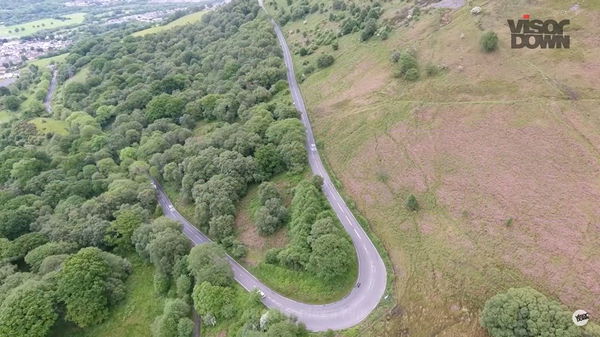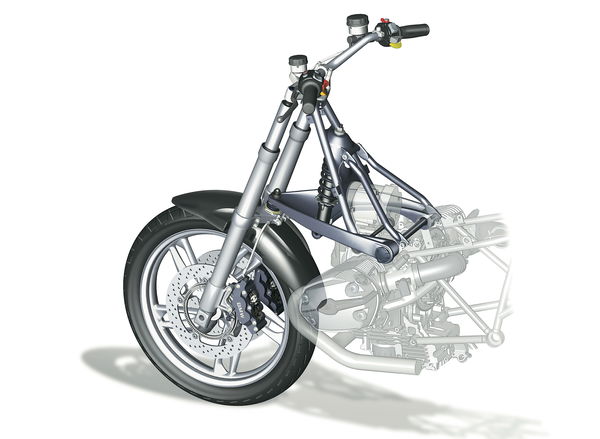What to look for when purchasing the ideal motorcycle helmet for you
Choosing the correct motorcycle is a tricky task. With so many styles on offer, it can be all too easy to just buy the one you think looks the coolest. But how do you know that’s the right product for you?
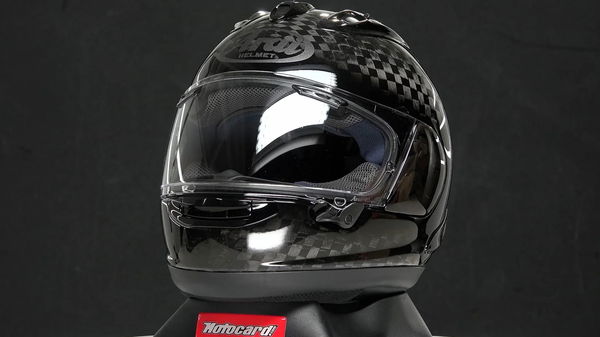
AS the only piece of protective equipment that is a legal requirement in the UK, a crash helmet is probably the single most important bit of motorcycle gear you’ll own.
But how do you know that the lid you're looking at in the warm, dry and well-lit shop is the best one for you – after all, there is a vast array of different helmets in myriad shapes and sizes to suit all budgets in all manner of jazzy shades.
However, a helmet needs to be the right one for you for it to do its job properly if and when it needs to... so heed these tips to ensure your helmet protects that precious head of yours.
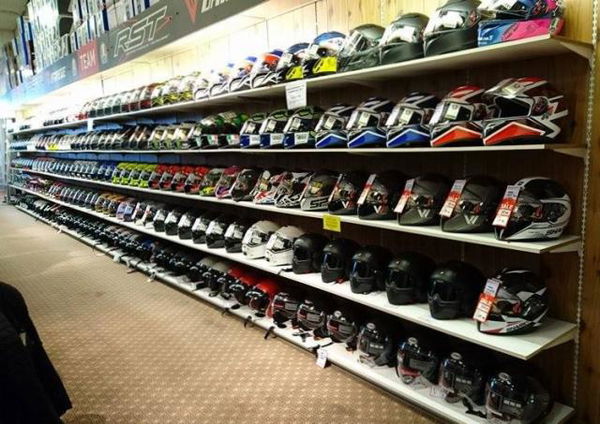
How much should I spend on a crash helmet?
The way I’ve always bought lids (and I’ve bought more than I’ve got for free before you say it) is to go for the best suited, and the highest quality item I can afford.
Think about it like this: You wouldn’t spend months and months saving £5000 to buy a car to ferry the family around but then go and spend half that on a rusty wreck would you? Lids are the same. Your brain is a magic sack of synapses and voodoo, don’t do it a disservice and buy the best you can afford - without starving the family!

How do I choose the correct type of lid?
The first thing to do is work out the type of riding you do, this will define the construction of the lid you should use. The following examples should give you an idea of the type of helmet that will suit your needs.
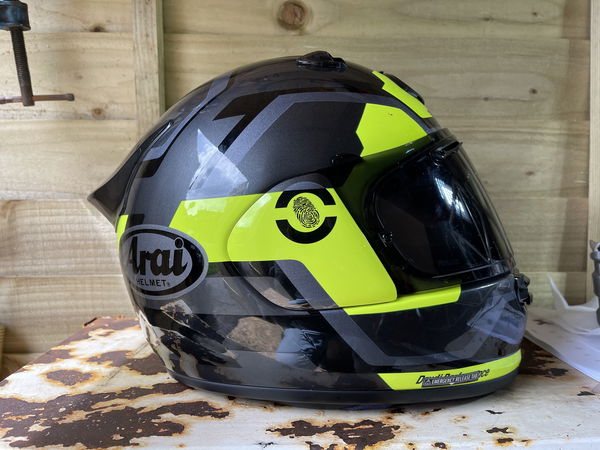
What’s a full-face crash helmet?
If much of your time is going to be spent on dual-carriageways or motorways, a full-face lid is probably the way to go. A full-face helmet completely covers the back and sides of your head and has a chin bar that covers your lower face. Most will have a visor that protects your eyes from dust, water, stones and wildlife that could otherwise cause you harm.
If you want to do trackdays, a full face lid is a must and companies will insist on these before they let you out on track.
Pros:
- Offers the most protection
- Most are water-tight
- Keeps your face warmer in winter
Cons:
- Visors can fog up in cold/wet weather
- Must be removed in shops, garages and petrol stations

What’s a modular crash helmet?
A modular helmet (also known as a flip-front) is a full-face lid that has a hinge – normally near your ear – that lets the chin bar flip up over the top of your head, allowing your face to be seen. They’re handy as most businesses allow flip-front lids to be worn when carrying out transactions, petrol stations and so on. They also allow you to have conversations with people without shouting, handy if you are riding in a group and stop to chat at a junction.
Some modular helmets are homologated (tested) in such a way that you can ride safely with the chin bar in the up (or flipped) position. If you own a modular lid that isn’t homologated to this standard, you should never ride with it in that manner. For some modular helmets, the chin bar forms a structural part of the shell, and when not locked in the down position, the helmet’s ability to protect you in a crash is massively reduced.
Pros:
- Offers a good level of protection
- Keeps your face warmer in winter
- Can be flipped up to talk to people or enter businesses
Cons:
- Some flip-fronts can whistle at speed due to the design of the shell
- Visors can still fog up in cold/wet weather
- Sometimes look bulkier and less sleek than a normal full-face lid
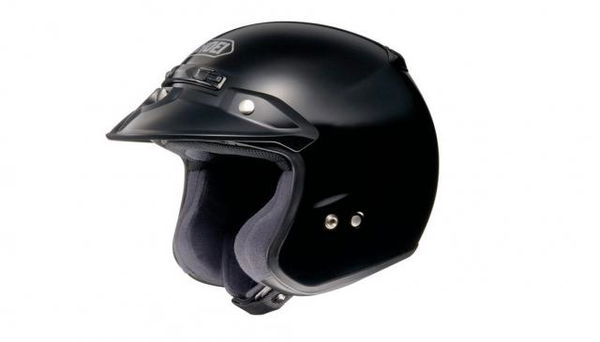
What is an open-faced helmet?
Open-faced (sometimes called jet-style) lids are exactly that, lids that have no chin-bar and have a large opening at the front that makes your whole face visible. The lack of a chin bar means protection is reduced, especially if the incident involves tumbling or sliding down the road on your front. That said, they do have their benefits and some people go their whole life using open-faced helmets without a problem.
Best suited to short rides at low speed in fine weather. Sometimes the choice to get an open-faced lid is more about the type of bike you ride, with customs, classics and retro scooters all seeming to attract the open-face helmet rider. And it works, on most of those styles of bike, a full-face looks a bit naff. In the same way that riding a 1000cc superbike through town with an open-faced lid on would look a little odd.
Pros:
- Great for summer and warm weather rides
- Looks great if you have the right bike to go with it
- Great peripheral vision and no chin bar to obscure the dash
- Can be worn in shops etc
Cons:
- Less protection than a full-face product
- Limited to warm weather use
- Flies, stones and other gunk can hit your face
- Goggles are required above 40mph which can fog in adverse weather
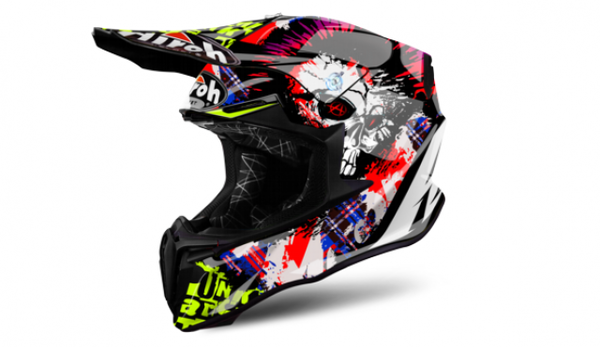
What is a motocross helmet?
Motocross or off-road lids are generally angular in appearance with a prominent chin bar, pointy sides and a large peak. The shape of the lid and the peak is designed to deflect branches and foliage away from the face or over the top of your head when riding off-road.
If riding through the brush in a peaked lid, dipping your head when riding through branches and bushes can help push them over your head, instead of them hitting your face, and can also catch the muddy roost from a bike ahead before it reaches your face!
Dedicated off-road lids require goggles to be worn as most don’t have a visor which adds an extra layer of complication and cost. On the plus side, they are often lighter than road helmets which takes a load off your neck.
Off-road riding is hard work and because of this, off-road lids tend to be airy and allow lots of air movement around your face. Great for hammering up technical trails – not so good on the M40.
Pros:
- The airy interior makes for comfortable trail riding
- Specifically designed for the purpose
- Interiors are easy to clean
- Off-road lids are generally brightly coloured which helps visibility
- Normally of lighter construction than road helmets
Cons:
- Not watertight
- Most require goggles
- Airy interior rules out long miles at speed
- Winter riding in an off-road lid is only for the hardy
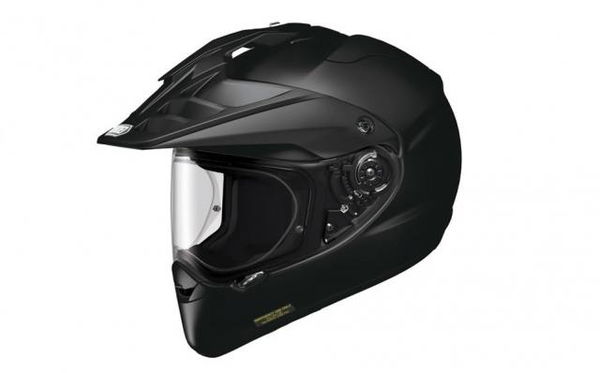
What is an ADV helmet?
An ADV (adventure) helmet is also known as a dual-sport helmet. Think of it as a cross between a full-face and motocross lid. They’re designed to provide the comfort and weatherproofing of a road-biased lid but give you some of the design touches that make off-road riding that little bit easier.
ADV lids include a visor and some even work with goggles if the visor is removed. They still tend to be more spacious inside, but most are fitted with close-able vents and chin skirts; to keep things comfortable if it’s chilly.
An ADV helmet still has a peak but it’s designed to cause the rider less discomfort at speed. Cutaways and vents mean motorway cruising won't cause neckache in the way a motocross lid could.
Pros:
- Off-road style but full-face comfort
- Peak works well to deflect glare on the motorway
- Airy design helps prevent misting in bad weather
Cons:
- Can become uncomfortable above motorway speeds
- Peaks can whistle and rattle if not fitted properly
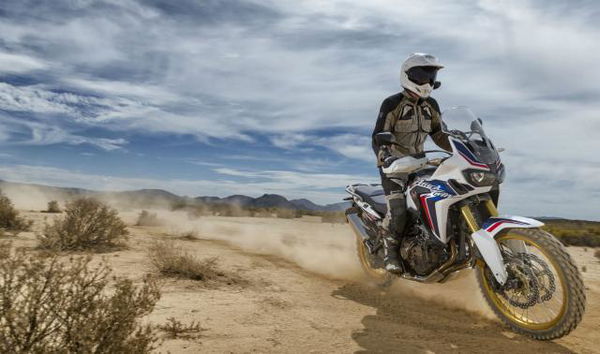
How do you know if your motorcycle helmet fits properly?
There are two very important reasons to ensure your lid fits properly. Firstly; a properly fitting lid provides maximum protection in a crash. Secondly; a lid that fits properly will be more comfortable and that helps you to maintain concentration.
The best way to ensure a comfortable and well fitted helmet is to get to a shop or a show and try them on. This is the best way to check that the lid fits the size of your head and the shape of your head. If that’s not possible you can always stick to what you know; if Shoei has worked for you in the past, there’s a good chance they’re still the best bet for you.
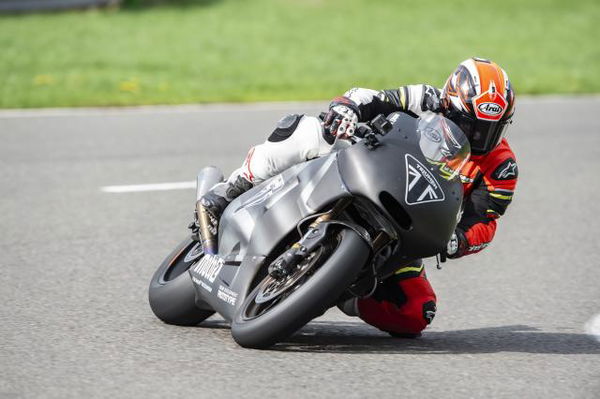
Another way to get an idea of the fit is to measure your bonce! Take a dressmakers tape measure and wrap it around your head. The tape should pass just over your ears, looping down around the back of your head slightly and then run up and across your forehead, just above your eyebrows. If you don’t have a soft tape measure you can use some string and then measure that. Most helmet manufacturers have a sizing guide on their site that you can use to get an idea of your size. It’s not foolproof as it doesn’t consider your head shape, but it should give you a good idea of the size to go for.
When your lid is on, do up the chin strap and tighten it until you can just slip one finger between the strap and your chin. Now take both hands a try and push the chin bar (or the sides of the lid if it’s an open face) up, as if you were trying to remove it. The helmet should only move slightly, if your face begins to stick out below the chin bar or if the helmet comes off altogether, that’s not the lid for you.
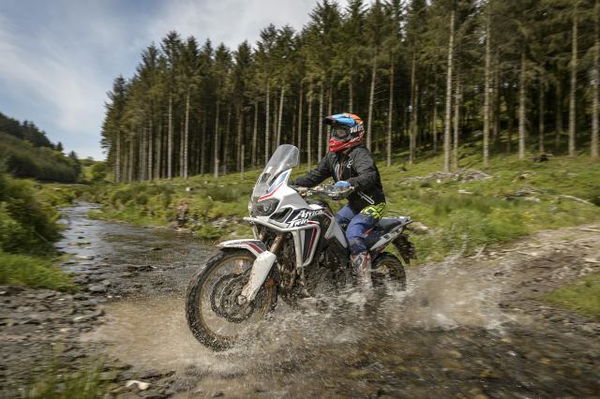
Now grab the back edge of the helmet with both hands and try and pull it off your head forwards. Again, there should be negligible amounts of movement and if the lid comes off – it’s not for you.
Next, with the helmet still done up, place your hands on either side of the helmet and try and turn it left and right. You should just have a small amount of movement, if the sides of the visor openings begin to obscure your vision or the lid freely turns more than an inch it’s possibly not the size or internal shape you need.
If you need any more proof that a snug fitting lid is important, look at the riders in the MotoGP and BSB. Most will have their cheeks pushed upwards and inwards by the padding in the interior lining. This is an extreme example but goes to show that the better the fit, the more protection you have.
